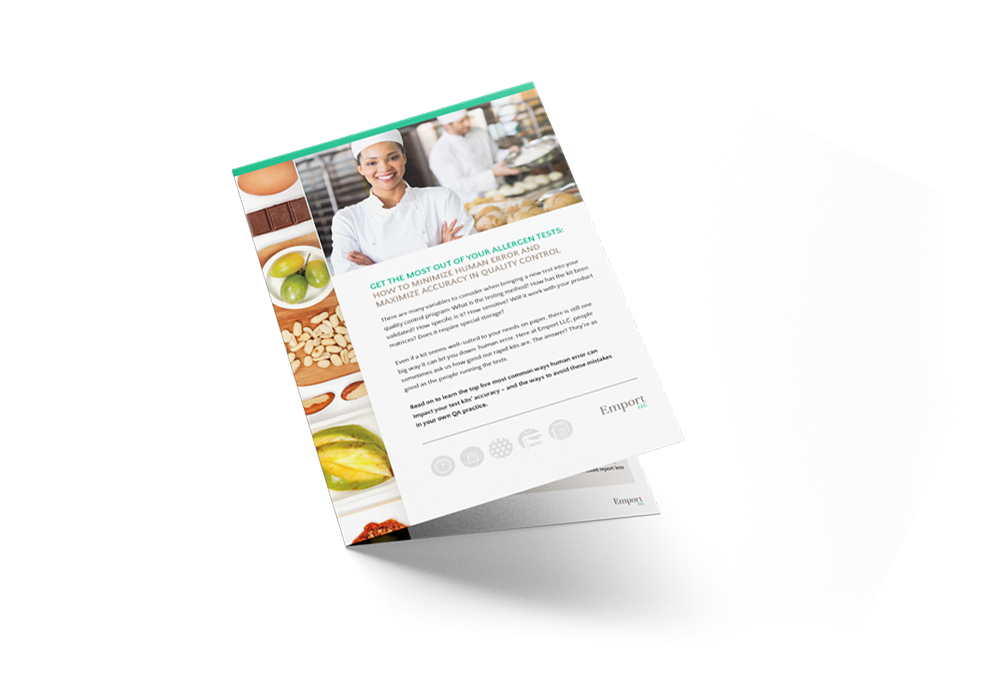Oh goodness. Happy 2013 everyone!
It’s been quite some time since we’ve updated here, and it’s hard to believe we’re already in 2013. There are some exciting things underway for GlutenTox this year, and we’ll be sure to keep you posted about those as they arise.
For now, though, we want to shed a little bit of extra light on one small area of the gluten-free world: testing surfaces for gluten. Those of you who use GlutenTox Home generally test foods or cosmetics or beverages for gluten — although you certainly can use the test to detect gluten contamination on countertops or mixing bowls or other hard surfaces! If you aren’t sure how to use GlutenTox Home to check for invisible traces of gluten on surfaces, just check out our FAQ.
Generally, surface testing is more in-demand by professionals who use GlutenTox in their manufacturing facilities, bakeries, or other commercial kitchens. Especially for companies who produce both gluten-free and gluten-full foods, ensuring that surfaces are entirely free of gluten is of paramount importance. We’ve designed both GlutenTox Pro and GlutenTox Sticks to make surface testing for gluten as easy as possible. Maybe more importantly, we’ve thoroughly validated the results to ensure that they are accurate, consistent, and the most sensitive on the market.
To learn more about how GlutenTox and the G12 antibody can detect gluten on surfaces, check out this newly translated article from Alimentaria: Gluten Detection on Surfaces – Alimentaria
In the article, you’ll see that before determining the correct protocol for using GlutenTox to detect gluten contamination on surfaces, thorough tests were done with a variety of variables. Our team tested surfaces made of different materials and with both rough and smooth textures. The surfaces were purposefully contaminated with several different levels of gluten, and were cleaned with a variety of methods. The team used GlutenTox to swab different surface areas, and carefully analyzed almost 200 different swabs!
In the end, it was determined that an area of 16 square centimeters was sufficiently representative and was able to detect 10ng/cm of gluten. A surface that is contaminated with 10ng/cm of gluten indicates that a kilogram of gluten-free dough, kneaded on the surface itself, would ultimately test to have 0.01 PPM of gluten — 2,000 times less than the international standard for gluten-free foods of 20 parts per million!
What’s more, our team did several tests to determine the best way to clean a surface entirely of gluten. The answer? If you have a countertop or mixing bowl or cutting board you want to make sure is absolutely gluten-free, the best thing to do is to first clean it with soap and water, but then follow up with an ethanol-water solution to thoroughly eliminate any last gluten residue.
Happy reading!


